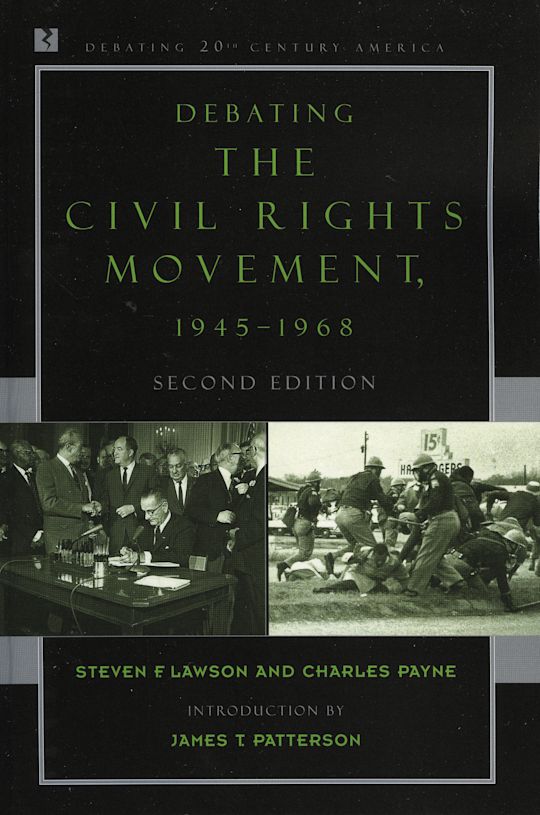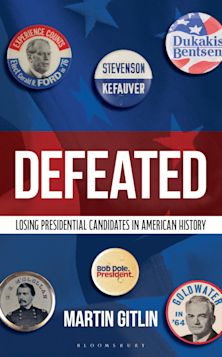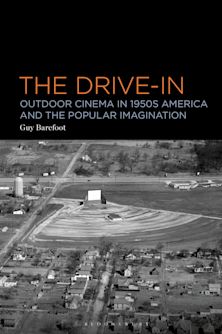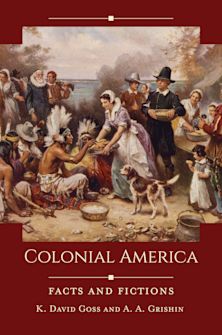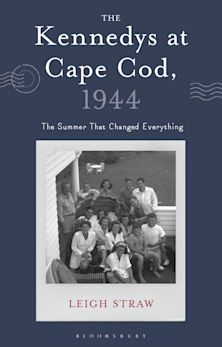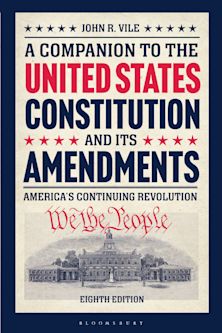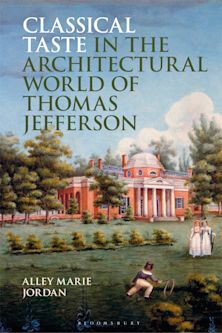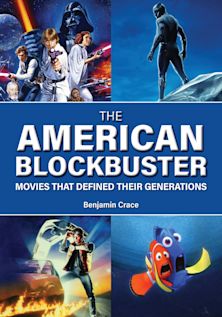- Home
- ACADEMIC
- History
- United States History
- Debating the Civil Rights Movement, 1945–1968
Debating the Civil Rights Movement, 1945–1968
- Textbook
Debating the Civil Rights Movement, 1945–1968
- Textbook
For information on how we process your data, read our Privacy Policy
Thank you. We will email you when this book is available to order
Buy from Bloomsbury eTextBooks
You are now leaving the Bloomsbury Publishing website. Your eBook purchase will be with our partner https://www.vitalsource.com.
Your credit card statement will show this purchase originating from VitalSource Technologies. They will also provide any technical assistance you might require.
You must sign in to add this item to your wishlist. Please sign in or create an account
Description
No other book about the civil rights movement captures the drama and impact of the black struggle for equality better than Debating the Civil Rights Movement, 1945–1968. Two of the most respected scholars of African-American history, Steven F. Lawson and Charles M. Payne, examine the individuals who made the movement a success, both at the highest level of government and in the grassroots trenches. Designed specifically for college and university courses in American history, this is the best introduction available to the glory and agony of these turbulent times. Carefully chosen primary documents augment each essay giving students the opportunity to interpret the historical record themselves and engage in meaningful discussion. In this revised and updated edition, Lawson and Payne have included additional analysis on the legacy of Martin Luther King and added important new documents.
Table of Contents
Part I: Debating the Civil Rights Movement: The View from the Nation
Chapter 1: Excerpt from To Secure These Rights: The Report of the President's Committee on Civil Rights (1947)
Chapter 2: '96 Congressmen's Declaration of Integration (March 11, 1956)
Chapter 3: Dwight D. Eisenhower's Radio and Television Address to the American People on the Situation in Little Rock (September 24, 1957)
Chapter 4: Excerpts from Hearings before the United States Commission on Civil Rights, Montgomery, Alabama (December 8 and 9, 1958)
Chapter 5: Memorandum to Mr. Belmont from A. Rosen Concerning the Racial Situation in Albany, Georgia (January 17, 1963)
Chapter 6: Memorandum to the Attorney General from the Director of the FBI Concerning the Racial Situation in Albany, Georgia (January 18, 1963)
Chapter 7: John F. Kennedy's Radio and Television Report to the American People on Civil Rights (June 11, 1963)
Chapter 8: Letter from Wiley A. Branton, Project Director, Voter Education Project, to Dr. Aaron Henry and Mr. Robert Moses (November 12, 1963)
Chapter 9: Lyndon B. Johnson's Special Message to the Congress: The American Promise (March 15, 1965)
Chapter 10: Excerpt from Tom Wicker's Introduction to the Report of the National Advisory Commission on Civil Disorders (March 1968)
Chapter 11: "Where do we go from here?"
Part II: Debating the Civil Rights Movement: The View from the Trenches
Chapter 12: Excerpt from Ella J. Baker's Bigger Than a Hamburger (June 1960)
Chapter 13: Handbill, Albany Nonviolent Movement (November 9, 1961)
Chapter 14: Chronology of Violence and Intimidation in Mississippi, 1961 (1963)
Chapter 15: Student Voice Editorial and Cartoon on the FBI (November 25, 1964)
Chapter 16: Poster from East Selma, Alabama, from the Student Voice (August 30, 1965)
Chapter 17: An Interview with Eldridge Steptoe
Chapter 18: "This Transformation of People": An Interview with Bob Moses
Chapter 19: An Interview with Mrs. Fannie Lou Hamer
Selected Readings
Product details
| Published | 14 Mar 2006 |
|---|---|
| Format | Ebook (Epub & Mobi) |
| Edition | 2nd |
| Extent | 224 |
| ISBN | 9780742576391 |
| Imprint | Rowman & Littlefield Publishers |
| Series | Debating Twentieth-Century America |
| Publisher | Bloomsbury Publishing |
About the contributors
Reviews
-
The second edition of Debating the Civil Rights Movement introduces students to Martin Luther King as a 'genuine revolutionary' with an insightful essay by Steve Lawson and King's 'Where Do We Go from Here' speech. King's admonition that the problems of race, economic exploitation, and war 'are all tied together' has haunting relevance for readers today. Transcriptions of interviews with Bob Moses, E.W. Steptoe, and Fannie Lou Hamer in Charles Payne's section, 'The View from the Trenches,' vividly illustrate perseverance and courage of grass roots organizers and the value of oral history in giving voice to 'local people' in the struggle for civil rights.
Barbara Steinson, DePauw University
-
For use in the classroom, this book cuts straight to the heart of the matter. My students have appreciated the work's conciseness as well as the spirited engagement between the authors. The new edition, moreover, incorporates a new and valuable essay by Lawson as well as some powerful interviews conducted by Payne and others, which provide further source material for students to discuss. This remains my favorite civil rights text for use in my American history courses.
Paul Harvey, University of Colorado
-
This book teaches well and I will use it again.
Zachary M. Schrag, author of The Great Society Subway: A History of the Washington Metro









